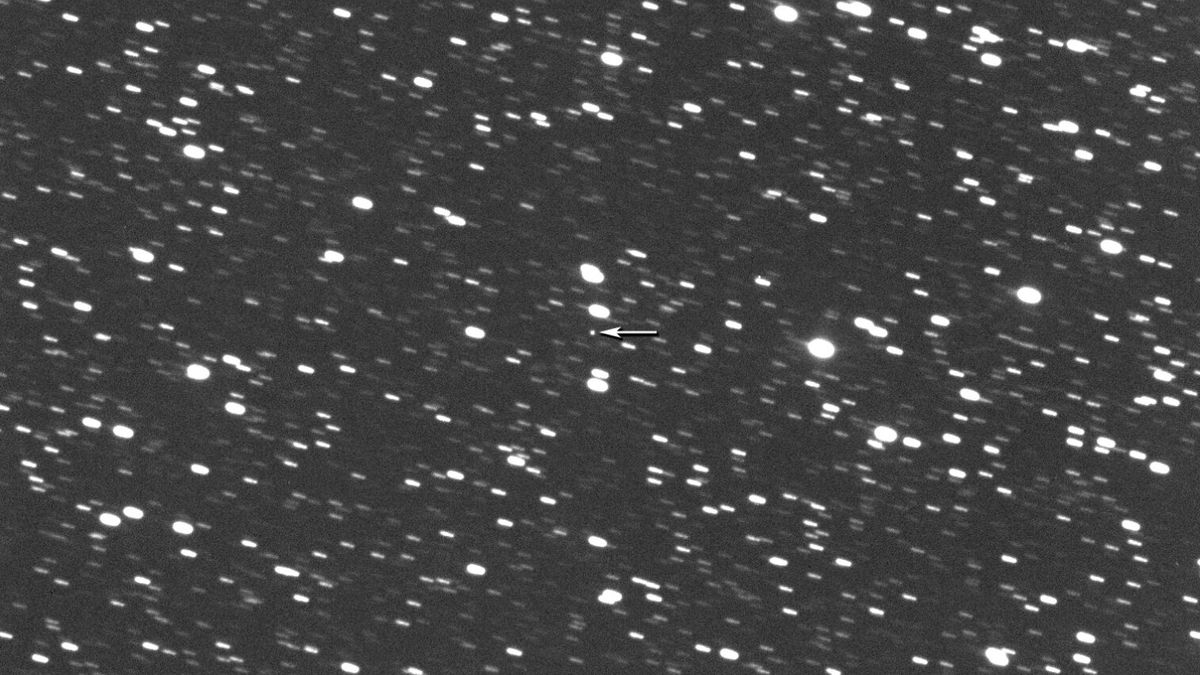ARTICLE AD BOX
 Artist's portrayal of the VIPER lunar rover. Credit: NASA Credit: NASA
Artist's portrayal of the VIPER lunar rover. Credit: NASA Credit: NASA
WASHINGTON — NASA has canceled plans to find a commercial partner to launch a robotic lunar rover and will instead pursue “alternative approaches” to fly the mission.
In a May 7 statement, NASA said it is canceling a solicitation it released in February seeking proposals from industry on ways they could work with NASA to launch the Volatiles Investigating Polar Exploration Rover (VIPER) spacecraft. NASA envisioned having a company send VIPER to the south polar regions of the moon and handing operations of the rover there to look for water ice.
“Following an evaluation of partnership proposals to land a water-seeking robot on the lunar surface, NASA is instead opting to explore alternative approaches,” NASA announced in the statement, but did not elaborate.
The announcement came at almost the same time that Nicky Fox, NASA associate administrator for science, spoke at a session of the Lunar Surface Science Workshop. There, she hinted that NASA was looking alternatives for VIPER but did not explicitly state that the solicitation was canceled.
“The agency has evaluated an initial set of proposals for industry to deliver the rover at no cost to the government, and now we are continuing to explore alternative approaches,” she said at the workshop. “We really do look forward to accomplishing future volatile science with VIPER.”
The solicitation was structured as a two-phase effort, with NASA requesting initial “Step 1” proposals from companies that were due in March. The agency then planned to evaluate the proposals and request some companies then submit more detailed “Step 2” proposals that would be due in May.
Joel Kearns, deputy associate administrator for exploration in NASA’s Science Mission Directorate, said later at the workshop that NASA decided to halt the solicitation after reviewing the Step 1 proposals.
“We are considering alternative partnerships. These are different ways to structure partnership proposals based on what we learned from reviewing the Step 1 proposals,” he said. “We are looking at different types of partnerships that are structured differently from what we originally envisioned to try to generate stronger proposals.” He added NASA wasn’t ready to offer more details on those alternatives or a schedule.
Industry officials had said the partnership proposal, as originally structured, was challenging for them. It required the companies to pay for launching and operating VIPER, with no funds provided by NASA. However, NASA would receive the data to freely distribute. That made it difficult for companies to come up with a business plan to fly VIPER and at least break even.
“I’m not sure what we’re going to do with VIPER yet. The way that it came out, it’s got to be fully funded without NASA, and NASA retains all the data,” said Steve Altemus, chief executive of Intuitive Machines, in a March 24 earnings call. “It’s quite limited in our ability to commercialize it.”
Some in the science community agreed. “We should not expect VIPER science to happen by hoping that someone will offer to fly and operate it on their own dime,” said Brett Denevi, a principal staff scientist at the Johns Hopkins University Applied Physics Lab, at an April 1 hearing of the House Science Committee’s space subcommittee on commercial lunar missions.
NASA’s decision to cancel the partnership solicitation is the latest setback for VIPER. NASA announced in July 2024 it would cancel the mission, then planned to launch on Astrobotic Technology’s Griffin lander in late 2025, citing cost overruns and schedule delays even though the rover was nearly complete. At the time, NASA said it solicit expressions of interest from companies or international partners interesting in taking over the mission.
The agency later said it got about 50 such expressions of interest, which Kearns said at an October committee meeting “ranged the gamut” from serious proposals to “things that didn’t look very logical.” That led to a more formal request for information on alternative uses of VIPER, with the agency receiving 11 responses that it used to develop the partnership solicitation.
NASA’s handling of VIPER has been criticized by members of Congress, who sent a letter to NASA last September asking for details on the decision to cancel VIPER. NASA, in its response, argued that it would have to delay or cancel several other missions in its Commercial Lunar Payload Services (CLPS) program of commercial lunar landers to accommodate VIPER.
“I was not satisfied with the answers that we got,” Rep. Zoe Lofgren (D-Calif.), ranking member of the House Science Committee, said at the April hearing about NASA’s responses about VIPER. “Certainly, the project was terminated after it was complete.”
Jeff Foust writes about space policy, commercial space, and related topics for SpaceNews. He earned a Ph.D. in planetary sciences from the Massachusetts Institute of Technology and a bachelor’s degree with honors in geophysics and planetary science... More by Jeff Foust

 4 hours ago
1
4 hours ago
1








 English (US) ·
English (US) ·